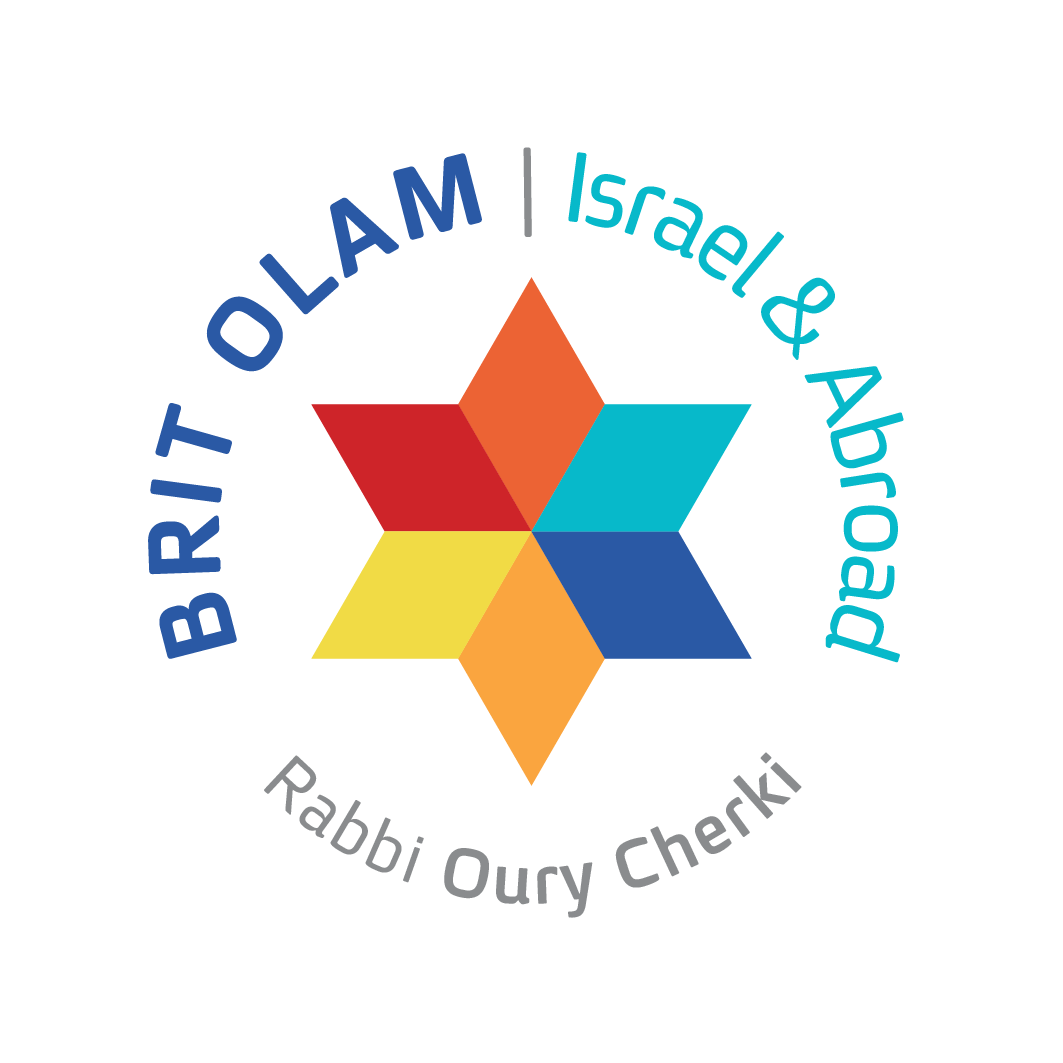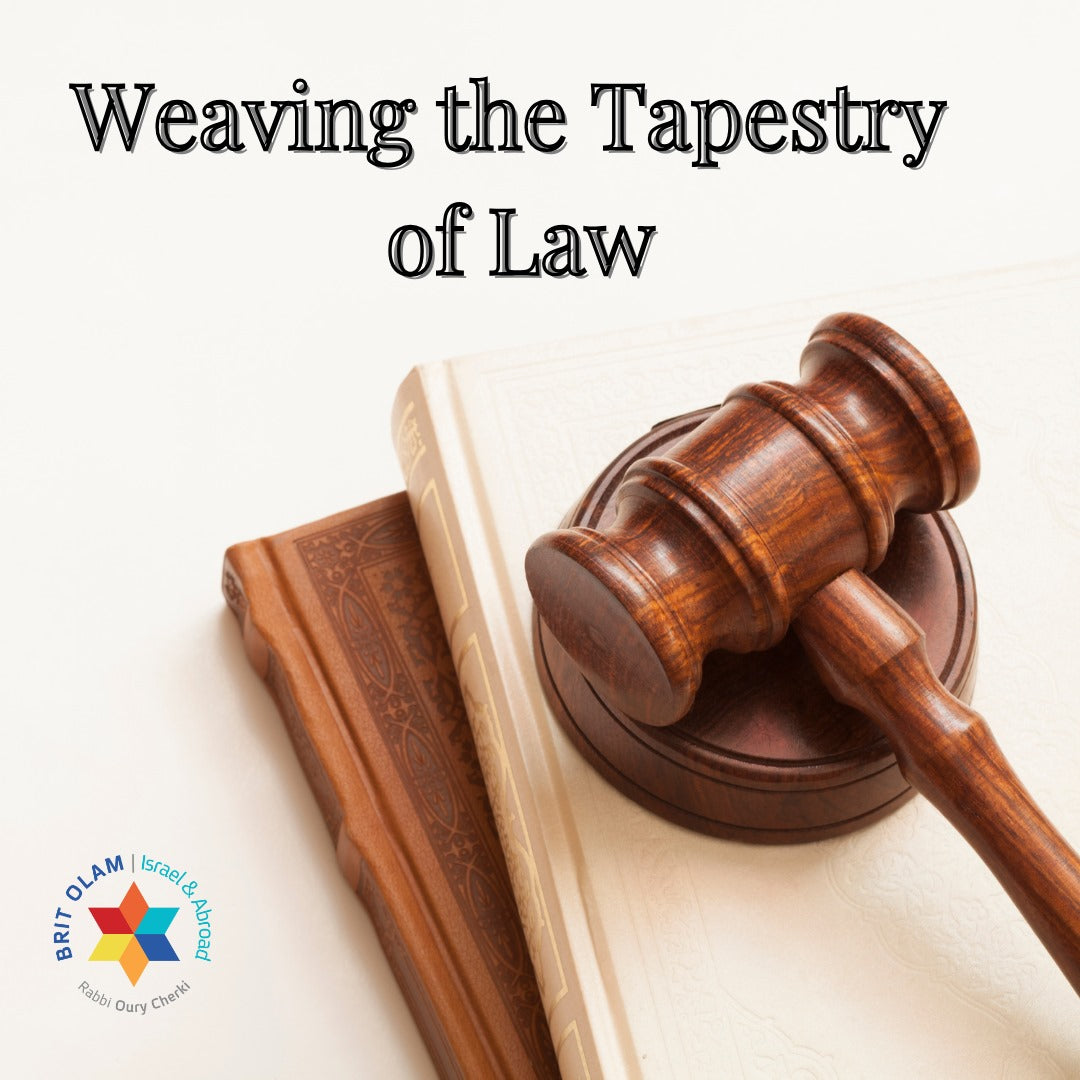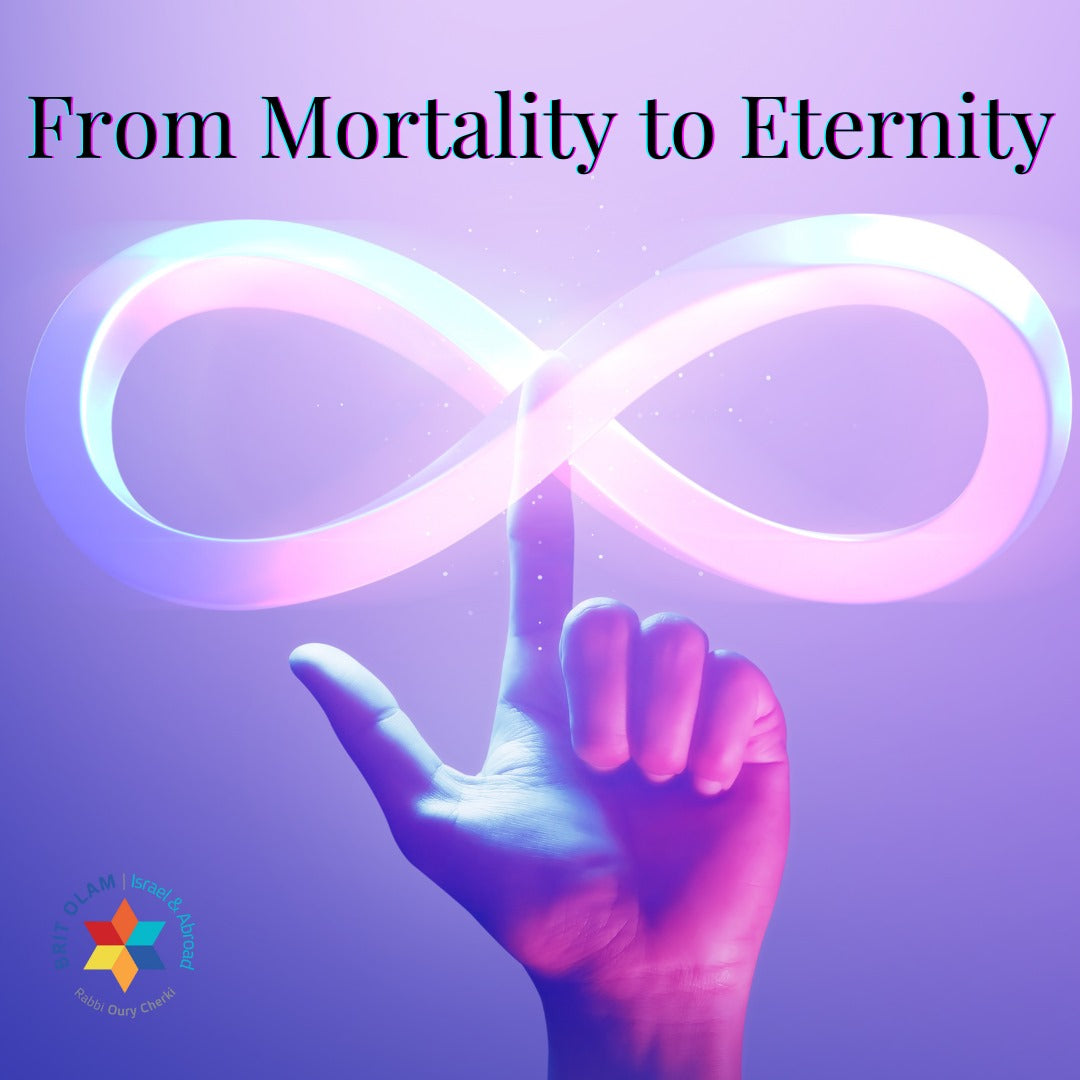Parashat Chukat, which we read this Shabbat, is unique in offering great hope.
It tells us how we can rid ourselves of the impurity of death, a person who comes into contact with a corpse. And when we say that it is possible to rectify this, meaning that we can purify ourselves from the impurity of death, it gives us a hint that death is temporary and that there will be a world without death in the future.
Indeed, some things seem very strange. They take a cow. The cow is the largest domestic animal in human proximity in ancient times. This cow carries much more life within it than a bull. A bull will never be pregnant, but a cow is destined to carry more life within it.
It must be that same cow with a red color. Red is the color of life.
And they also take a cedar tree. Cedar is a towering tree in the Middle East.
Along with that, they also take hyssop. Hyssop is the tiniest tree in the Middle East. And they also add and take unique red worms [Kermes (dye)].
The worm is the tiniest creature in the world and is also red.
And they burn everything together.
All life, everyone. Even the life found in plants and animal life all turns into ashes. This ash symbolizes absolute death.
And we put this ash into living water. Living water is like the soul. It is an uninterrupted flow of vitality!
And when we combine what symbolizes death with this living flow, we see the possibility of believing in the resurrection of the dead.
Here we encounter the profound optimism of the Jewish people who believe in the resurrection of the dead.
And so we have also witnessed in recent generations how the Jewish people rose from the ashes and revived Israeli nationhood.
A message of Rabbi Oury Cherki - the head of the Noahide World Center



